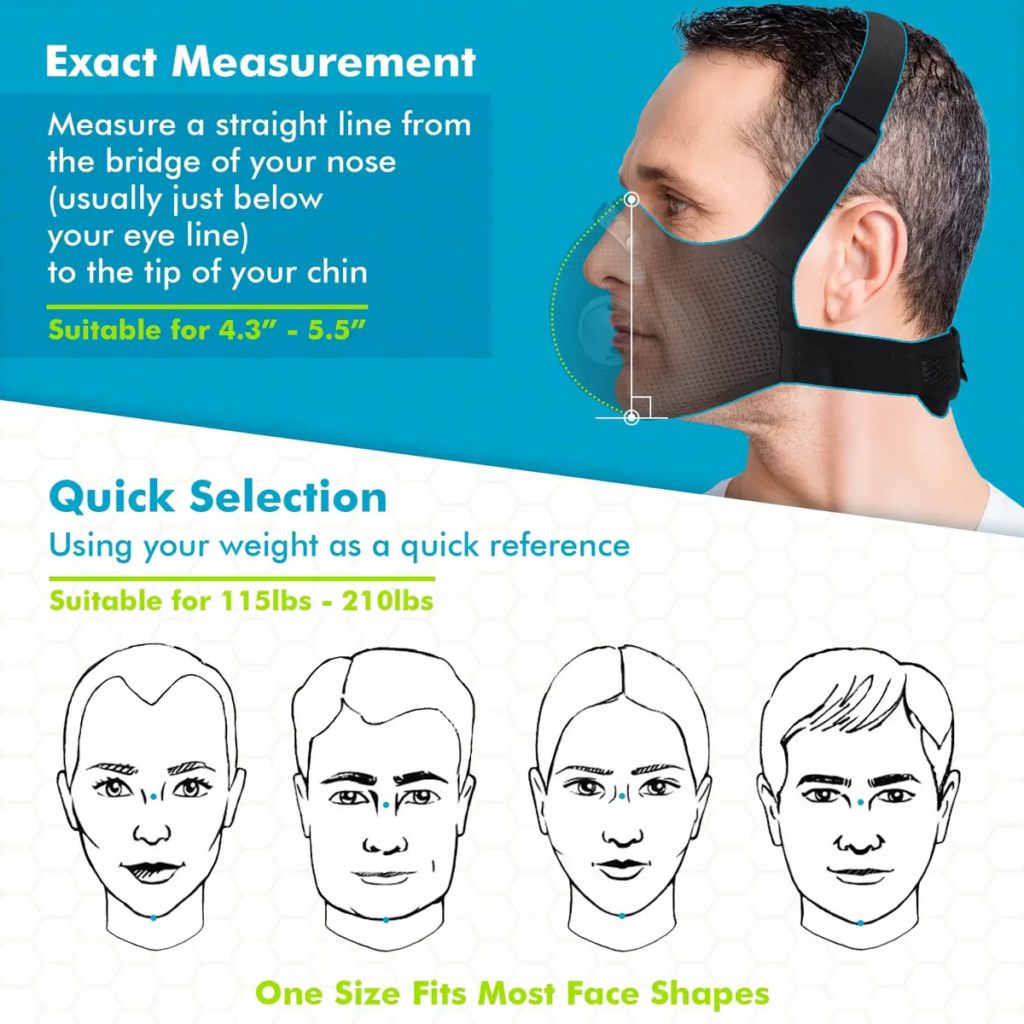
As a woodworker, understanding how to properly wear and maintain a wood dust mask is crucial for protecting yourself from the harmful effects of wood dust. In this guide, we’ll explore the importance of a proper fit, how to wear a mask correctly, common mistakes to avoid, and best practices for maintaining and replacing your mask.
Why Proper Fit is Crucial for a Wood Dust Mask
A wood dust mask is only effective if it fits properly. A good seal ensures that particulate matter, including fine dust and pollen, cannot bypass the filtration system. Without a proper fit, the mask is essentially useless, allowing dust particles to enter your lungs and potentially cause serious health issues over time. For instance, wood dust exposure can lead to respiratory problems, allergies, and even long-term damage like nasal cancer.
Step-by-Step Guide to Wearing a Dust Mask Correctly
- Select the Right Mask: Choose a mask that suits your needs. For woodworking, consider a half mask or full face respirator with carbon filters for enhanced protection against organic vapors and fumes.
- Adjust the Straps: Ensure the straps are snug but not too tight. This helps maintain comfort during continuous use.
- Mold the Nose Clip: Use the adjustable nose clip to create a tight seal around your nose. This prevents gaps and ensures the mask stays in place.
- Check for Leaks: Perform a seal check by covering the mask and inhaling sharply. If the mask collapses inward without air leaks, the seal is good.
- Wear Safety Goggles: Protect your eyes from wood dust by wearing safety goggles alongside your mask.
Common Mistakes to Avoid When Using a Dust Mask
- Wearing Straps Over Hats or Hoodies: This can compromise the fit and effectiveness of the mask.
- Not Adjusting the Nose Clip: Failing to mold the nose clip can lead to gaps, allowing dust particles to enter.
- Incorrect Positioning: Ensure the mask covers both your mouth and nose.
- Not Cleaning or Replacing Filters: Regular maintenance is crucial for optimal protection.
When to Replace Your Wood Dust Mask (Disposable vs. Reusable)
- Disposable Masks: Replace when soiled, damaged, or after 8-10 hours of use. They are convenient but less eco-friendly.
- Reusable Masks: Clean regularly and replace filters as needed. They offer better value and are more environmentally friendly.
Cleaning and Storing Your BASE CAMP Dust Mask for Long-Term Use
- Clean with Mild Soap: Wash the mask shell gently with mild detergent to remove dust particles.
- Dry Completely: Ensure all parts are dry before storing to prevent moisture buildup.
- Store in a Clean Bag: Use a re-sealable plastic bag to keep the mask clean and dust-free.
How to Test If Your BASE CAMP Mask is Sealing Properly
Perform a negative pressure seal check by covering the mask and inhaling sharply. If the mask collapses inward without air leaks, the seal is effective. For masks with valves, perform a positive pressure seal check by exhaling sharply while covering the valve.
Best Practices for Maximum Protection Against Wood Dust
- Choose the Right Filtration: Opt for masks with high filtration efficiency, such as FFP3 filters, which capture at least 99.95% of particulate matter.
- Use Carbon Filters: These can remove organic vapors and fumes, enhancing protection during sanding and other tasks.
- Consider a Full Face Mask: For maximum protection, especially in environments with high dust levels.
- Stay Informed: Follow blog posts and DIY tutorials from experts like Marc Spagnuolo to stay updated on the best practices.
By following these guidelines and using a wood dust mask correctly, you can significantly reduce your exposure to harmful wood dust and ensure a safer woodworking experience. Whether you’re a seasoned woodworker or just starting out, prioritizing your safety is essential for enjoying this rewarding craft.
Additional Tips for Woodworkers:
- Dust Collection Systems: Use these in conjunction with a mask for optimal protection.
- Prescription Glasses Compatibility: Ensure your mask fits well with your glasses to maintain a proper seal.
- Moisture Management: Look for masks with neoprene or silicone components that manage moisture effectively.
- Affiliate Links and Full Disclosure: Always check reviews and product details before purchasing, especially when using Amazon or similar platforms.
In conclusion, a wood dust mask is not just a piece of safety equipment; it’s a vital tool for protecting your health while enjoying woodworking. By understanding how to wear, maintain, and replace your mask correctly, you can ensure a safe and enjoyable experience in the workshop.





